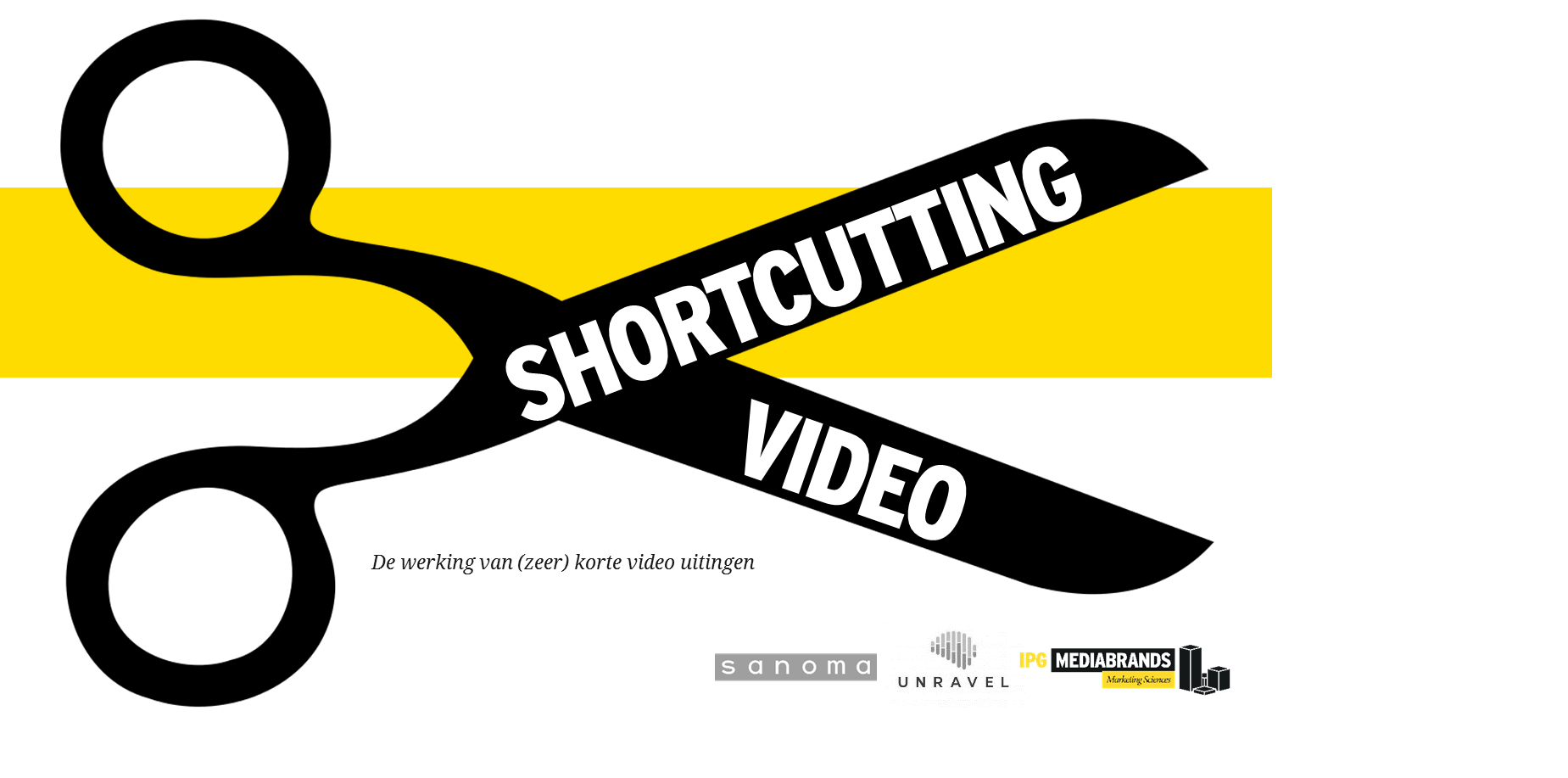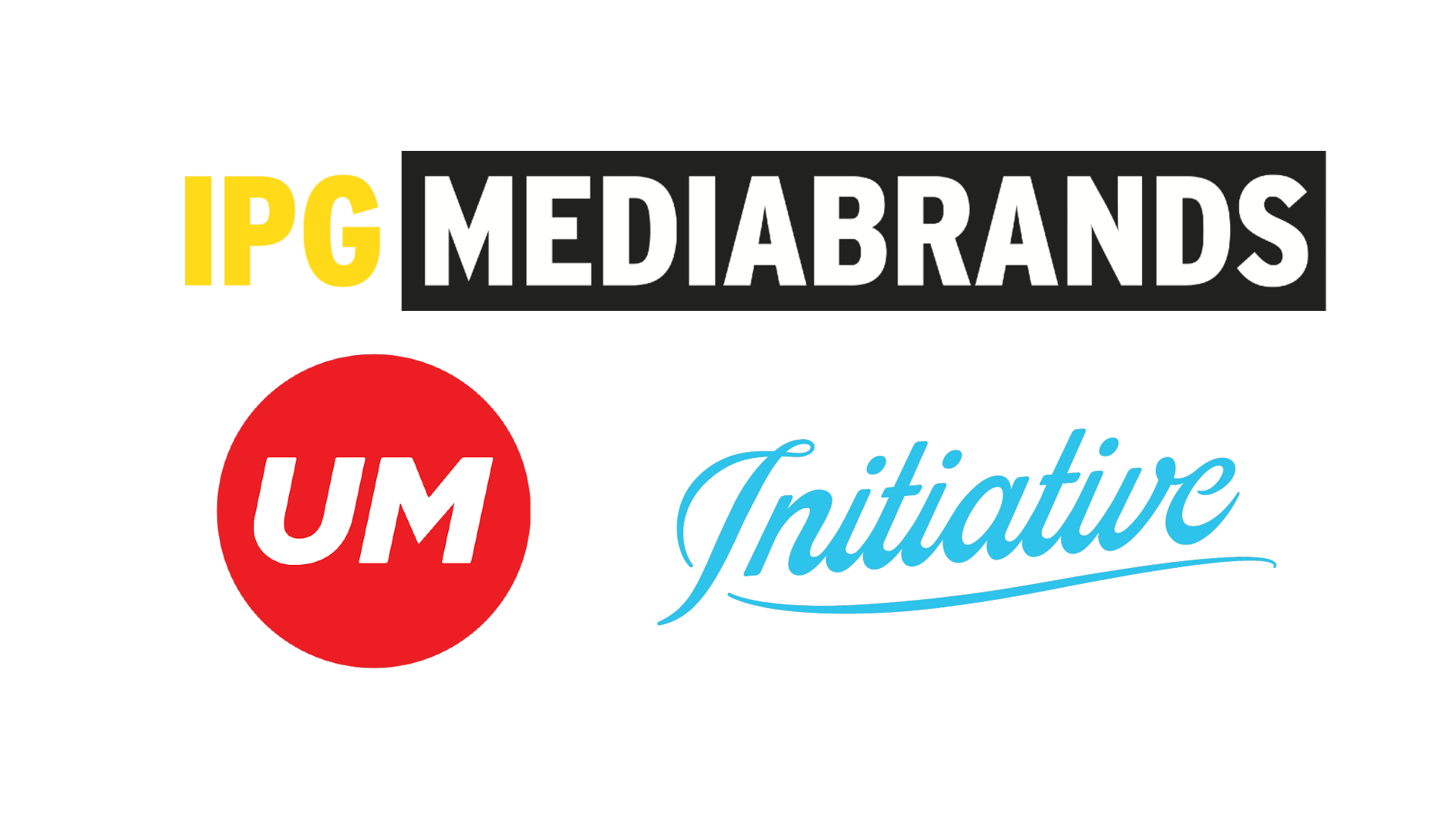A new research and neurological study from IPG Mediabrands Netherlands and publisher Sanoma has revealed that an ultra-short advertisement is able to convey brand, product and message much more effectively than the first few seconds of a regular spot – paving the way for new ways of storytelling online.

The study, which builds on extensive research into the effects of short viewing behaviour, indicates that only 25% of viewers will actually absorb the message of a regular commercial online without a clear brand identifier in the opening seconds.
It also shows that, on average, 20-30″ spots on Facebook and Instagram are viewed by 39% of viewers for just 2-3 seconds.
According to Menno van der Steen, Chief Data and Tech Officer at IPG Mediabrands Netherlands and co-author of the report, this opens up a whole new playing field for creatives:
“Given that consumers will skip, ignore or swipe through forced ad formats as much as they can, we are convinced that there is a place for great advertising in ultra-short formats, and that creatives will have to redefine their thinking when it comes to effective ads and storytelling online. We already know how effective a good animated GIF, TikTok filter or boomerang is. The time has come to bring similar creative thinking into more conventional domains.”
The study, which was conducted in collaboration with neuroscientists at UnRavel Research, also involved a neurological element in which ultra-short 2″ and 6″ edits of regular video advertisements were tested using EEG and eye tracking, on brand recognition and engagement.
Two editing strategies were tested. In one version, regular video ads were edited based on “human” insight. In the second version, neurological insights were used. This resulted in two sets of ultra-short videos: human edits, where a creative team determined the most engaging and meaningful images of the longer video, and neuro-edits, based on insights from neuroscience.
With a 2-second spot:
- 90 % of viewers recognise the product (versus 46%after the first two seconds of the original long commercial)
- 98 % see which brand it is (versus 47%)
- 70 % understand the message (versus 25%)
The shortcutting video study offers a number of important insights to brands and marketers:
- A brand identifier is essential in the first 2 seconds
If a long video advert does not have a brand (or product) identifier in the first 2 seconds, the effect is that with inevitable short exposure, more than 90% of people will have no idea what it is about.
- Neuro-Insight Helps to Make the Right Choice when Editing
Interpreting neuroscientific research is challenging to say the least. The neuro-edit leads to the highest product and brand recognition for both the 2 and 6-second spots. This is probably because the neuro data easily designates the most optimal brand identifier.
- Brands can also be built with Short Advertisements

Although short commercials score relatively lower on classic measures of advertising valuation such as originality, fun, and recognition, we actually see higher levels of attention and attraction in the brain. This is also reflected in the highest score on brand recognition for the 2-second ads.
“In short,” van der Steen concludes, “the 2-second video is not the ultimate means to convey a complex message, but it is certainly an effective way of grabbing attention and making a mark in a consumer’s mind.”
IPG Mediabrands, whose local agency in the Netherlands has conducted this research with partners, is a global network of UM and Initiative agencies operating in the Southeast European region as part of I&F Grupa.